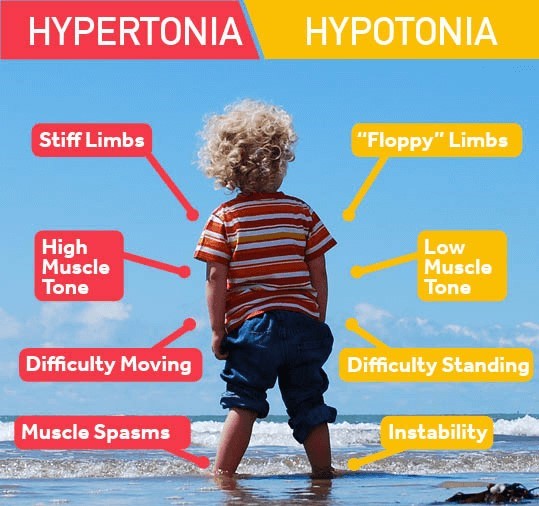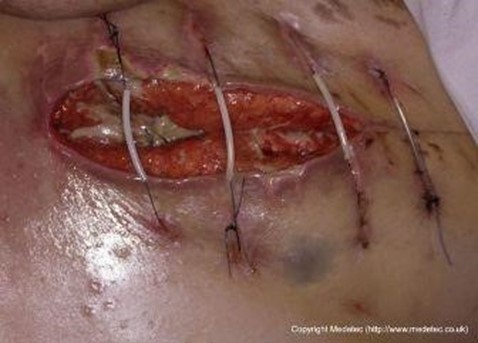A nurse is preparing to insert an IV catheter for a client.
Which of the following actions should the nurse plan to take?
Select a site on the client’s dominant arm
Apply a tourniquet below the venipuncture site
Elevate the client’s arm prior to insertion
Choose a vein that is palpable and straight
The Correct Answer is D
The correct answer is choice D. The nurse should choose a vein that is palpable and straight for IV catheter insertion.
This will facilitate the insertion of the catheter and reduce the risk of complications such as infiltration, phlebitis, or hematoma. A straight vein will also allow the catheter to be inserted up to the hub, which reduces the risk of contamination along the length of the catheter.
Choice A is wrong because selecting a site on the client’s dominant arm can interfere with the client’s mobility and increase the risk of dislodging the catheter. The nurse should choose a site on the client’s non-dominant arm, preferably on the hand or forearm.
Choice B is wrong because applying a tourniquet below the venipuncture site will impede blood flow and make it harder to locate a suitable vein. The nurse should apply a tourniquet above the venipuncture site, about 10 to 15 cm from the insertion site.
Choice C is wrong because elevating the client’s arm prior to insertion will decrease venous filling and make it harder to palpate a vein. The nurse should lower the client’s arm below the level of the heart to increase venous distension.
Normal ranges for IV catheter size and insertion angle depend on several factors, such as the type and duration of therapy, the condition and size of the vein, and the age and preference of the client.
In general, smaller gauge catheters (20 to 24) are preferred for peripheral IV therapy, and larger gauge catheters (14 to 18) are used for rapid fluid administration or blood transfusion. The insertion angle can vary from 10 to 30 degrees, depending on the depth and location of the vein.
Nursing Test Bank
Naxlex Comprehensive Predictor Exams
Related Questions
Correct Answer is D
Explanation

Hypertonicity is a sign of increased muscle tone and stiffness, which can indicate that the newborn is experiencing withdrawal from methadone exposure in utero. Methadone is an opioid medication that can cross the placenta and cause neonatal abstinence syndrome (NAS) in the newborn.
Choice A, acrocyanosis, is wrong because it is a normal finding in newborns.
Acrocyanosis is a bluish discoloration of the hands and feet due to immature peripheral circulation. It usually resolves within the first 24 to 48 hours of life.
Choice B, bradycardia, is wrong because it is not a typical sign of withdrawal.
Bradycardia is a slow heart rate, usually less than 100 beats per minute in newborns. It can be caused by hypoxia, hypothermia, hypoglycemia, or vagal stimulation.
Choice C, bulging fontanels, is wrong because it is a sign of increased intracranial pressure, not withdrawal. Bulging fontanels can be caused by meningitis, hydrocephalus, or hemorrhage.
Normal ranges for newborn vital signs are as follows:
- Heart rate: 120 to 160 beats per minute
- Respiratory rate: 30 to 60 breaths per minute
- Temperature: 36.5 to 37.5°C (97.7 to 99.5°F)
- Blood pressure: 60 to 80 mm Hg systolic and 40 to 50 mm Hg diastolic
Correct Answer is C
Explanation

Wound dehiscence can lead to infection, bleeding, and evisceration (protrusion of internal organs through the incision). The nurse should report this finding to the provider immediately and cover the wound with a sterile dressing moistened with sterile saline solution.
Choice A is wrong because mild swelling under the sutures near the incisional line is a normal finding in the early stages of wound healing. It does not indicate infection or dehiscence unless accompanied by other signs such as redness, warmth, pain, or purulent drainage.
Choice B is wrong because crusting of exudate on the incisional line is also a normal finding that indicates the formation of a scab.
A scab protects the wound from infection and helps it heal faster. The nurse should not remove the scab unless instructed by the provider.
Choice D is wrong because pink-tinged coloration on the incisional line is another normal finding that shows healthy granulation tissue.
Granulation tissue is new tissue that fills in the wound and helps it close. It is usually pink or red and moist.
The nurse should follow these general tips for postoperative abdominal incision care:
- Always wash your hands before and after touching your incisions.
- Inspect your incisions and wounds every day for signs your healthcare provider has told you are red flags or concerning.
- Look for any bleeding.
If the incisions start to bleed, apply direct and constant pressure to the incisions.
- Avoid wearing tight clothing that might rub on your incisions.
- Try not to scratch any itchy wounds.
- You can shower starting 48 hours after your operation but no scrubbing or soaking of the abdominal wounds in a tub.
- After the initial dressing from the operating room is removed, you can leave the wound open to air unless there is drainage or you feel more comfortable with soft gauze covering the wound.
- Surgical glue (Indermil) will fall off over a period of up to 2-3 weeks.
Do not put any topical ointments or lotions on the incisions.
- Do not rub over the incisions with a washcloth or towel.
- No tub baths, hot tubs, or swimming until evaluated at your clinic appointment.
Whether you are a student looking to ace your exams or a practicing nurse seeking to enhance your expertise , our nursing education contents will empower you with the confidence and competence to make a difference in the lives of patients and become a respected leader in the healthcare field.
Visit Naxlex, invest in your future and unlock endless possibilities with our unparalleled nursing education contents today
Report Wrong Answer on the Current Question
Do you disagree with the answer? If yes, what is your expected answer? Explain.
Kindly be descriptive with the issue you are facing.
